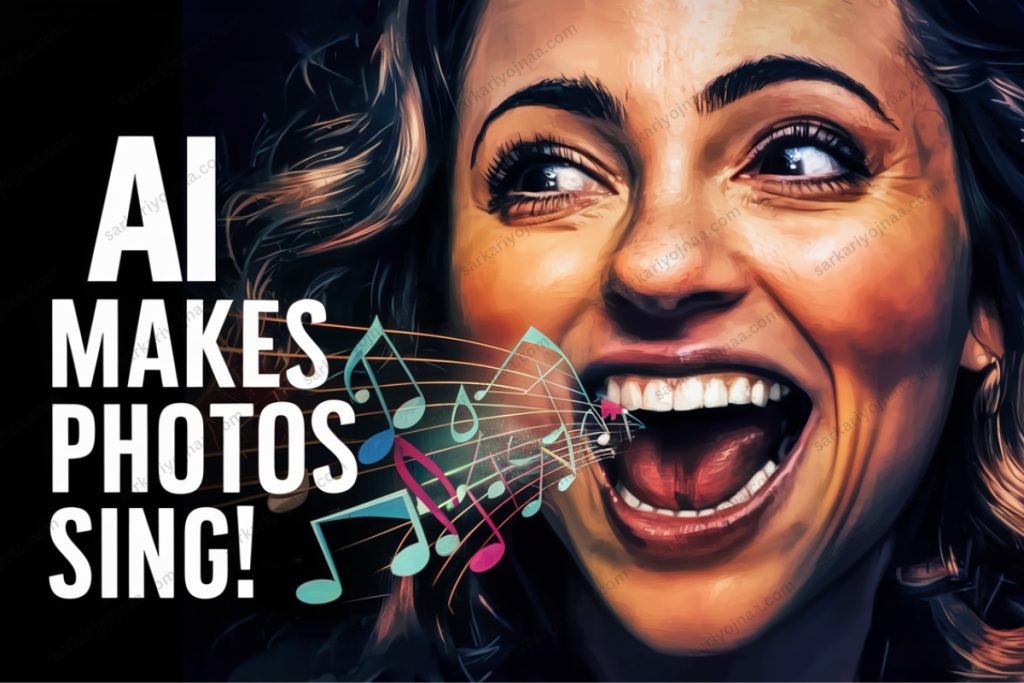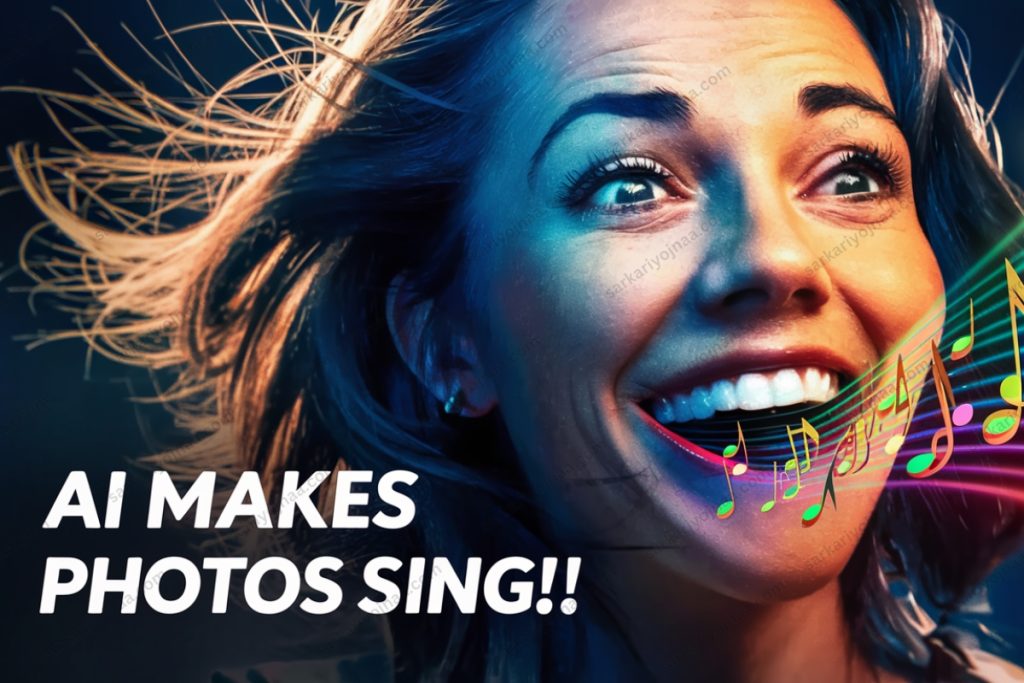Short Info: Alibaba made a cool new computer program called EMO Alibaba’s AI EMO Video Generator. It can make pictures of people talk and sing, even famous people from the past! EMO is even better than other programs like it. Want to learn more? Read this Article till the end!
Artificial intelligence (AI) is changing how videos are made. Alibaba’s latest video generator, EMO (Emotive Portrait Alive), is a great example. It does something amazing – it can turn a picture into a moving video where the person in the picture talks and sings. This is even more advanced than OpenAI’s Sora. People are curious about how this technology will affect different industries, like entertainment. Check Official Researched Paper
Alibaba’s EMO: Stealing Sora’s Spotlight
Alibaba’s Institute for Intelligent Computing introduced EMO, an incredibly advanced AI video maker. It can turn static face pictures into lively, animated characters. To demonstrate, Alibaba shared demos where EMO has the famous “Sora lady” singing Dua Lipa’s “Don’t Start Now.” But it doesn’t stop there: EMO can even animate historical figures like Audrey Hepburn, making them appear to say lines from modern viral videos.
How EMO Works
What makes EMO special is how it syncs lip movements with sound while capturing subtle emotions accurately. It learns realistic facial expressions from a vast collection of video and audio data. Unlike older face-swapping tech, EMO doesn’t need 3D models in between. It directly creates lifelike videos through a diffusion-based method, using attention mechanisms to highlight details from the original image and audio.

EMO vs. Sora: A Quick Comparison
| Feature | EMO | Sora | Notes |
| Type of AI | Expressive audio-driven portrait video generator | AI-powered virtual environments & characters | EMO focuses on animating existing images, Sora creates environments and full-body figures |
| Key Capabilities | Realistic facial animation, expressive lip-sync, multilingual support | Building detailed 3D worlds, basic character movement | EMO excels at face-focused videos |
| Limitations | May struggle with extreme emotions | Less control over facial details than EMO | Consider the scope of the project |
| Potential Use Cases | Entertainment, historical reenactments, personalized avatars | Virtual production, game development, immersive experiences | Both technologies offer unique possibilities |
EMO’s Impressive Expressiveness
EMO doesn’t just do lip-syncing. It accurately captures the small changes in expression during pauses, like a quick glance downwards or pursed lips. This attention to detail is impressive and makes the AI-made videos feel remarkably human.

Questions and Considerations
EMO’s impressive abilities bring up concerns about how it could be misused and what it means for actors. But at the same time, it opens up exciting opportunities for fresh kinds of video entertainment and the chance to reimagine history in innovative ways.
EMO by Alibaba is insane.
— Min Choi (@minchoi) February 29, 2024
It's not just AI lip sync, it expressively shows emotions, head motions, facial expressions, and even earring movements!
Can you trust what you see after watching these AI videos?
5 crazy examples:
1. AI Lady from Sora with OpenAI's Mira Murati voice pic.twitter.com/1NYI8VwfxQ
Conclusion
Alibaba’s EMO video generator represents a significant leap in expressive AI video creation. Its ability to bring static images to life with accurate emotion and lip-sync is a compelling demonstration of AI’s potential in storytelling and entertainment. As this technology continues to evolve, we can expect even more amazing and potentially disruptive applications.
FAQ Related To Alibaba’s AI EMO Video Generator
EMO is currently a research project, but similar technologies might become accessible in the future.
As with any advanced AI technology, careful consideration is needed to prevent its use for harmful purposes like creating misleading content.
EMO focuses on animating existing images in a realistic way, while deepfakes often involve replacing a person’s face entirely.



















